Wireless charging FAQ: What it is and how to use it
Wireless charging can help you ditch your USB cable for good
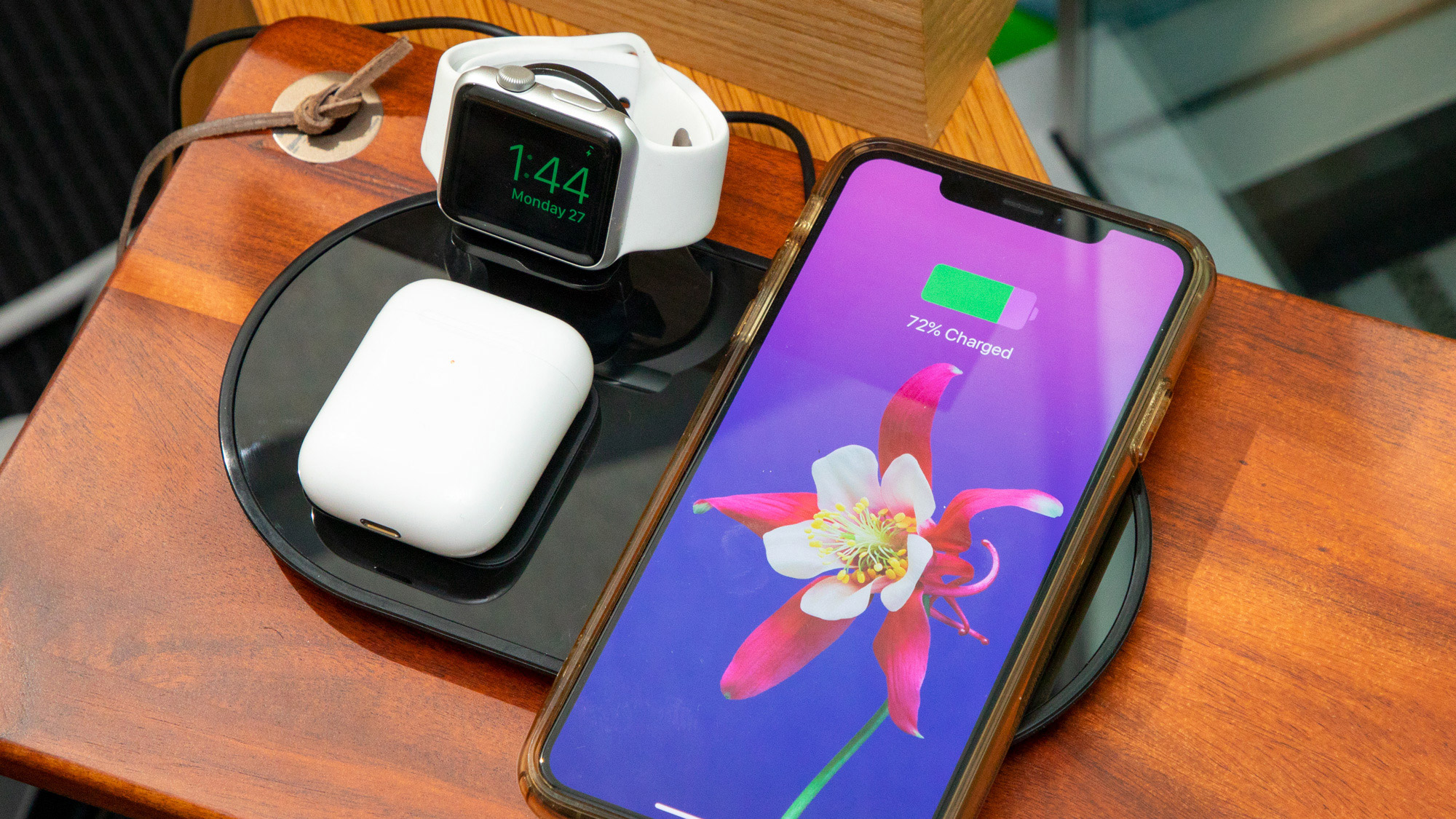
More and more smartphones are now offering wireless charging alongside the standard wired charging we’re all used to. However, if you're looking to truly consign your USB cable to the back of a drawer somewhere, it’s a little more complicated than you might expect. This guide will make sure you’re up to speed on how wireless charging works, how to use it and what to look out for when buying a wireless charger yourself.
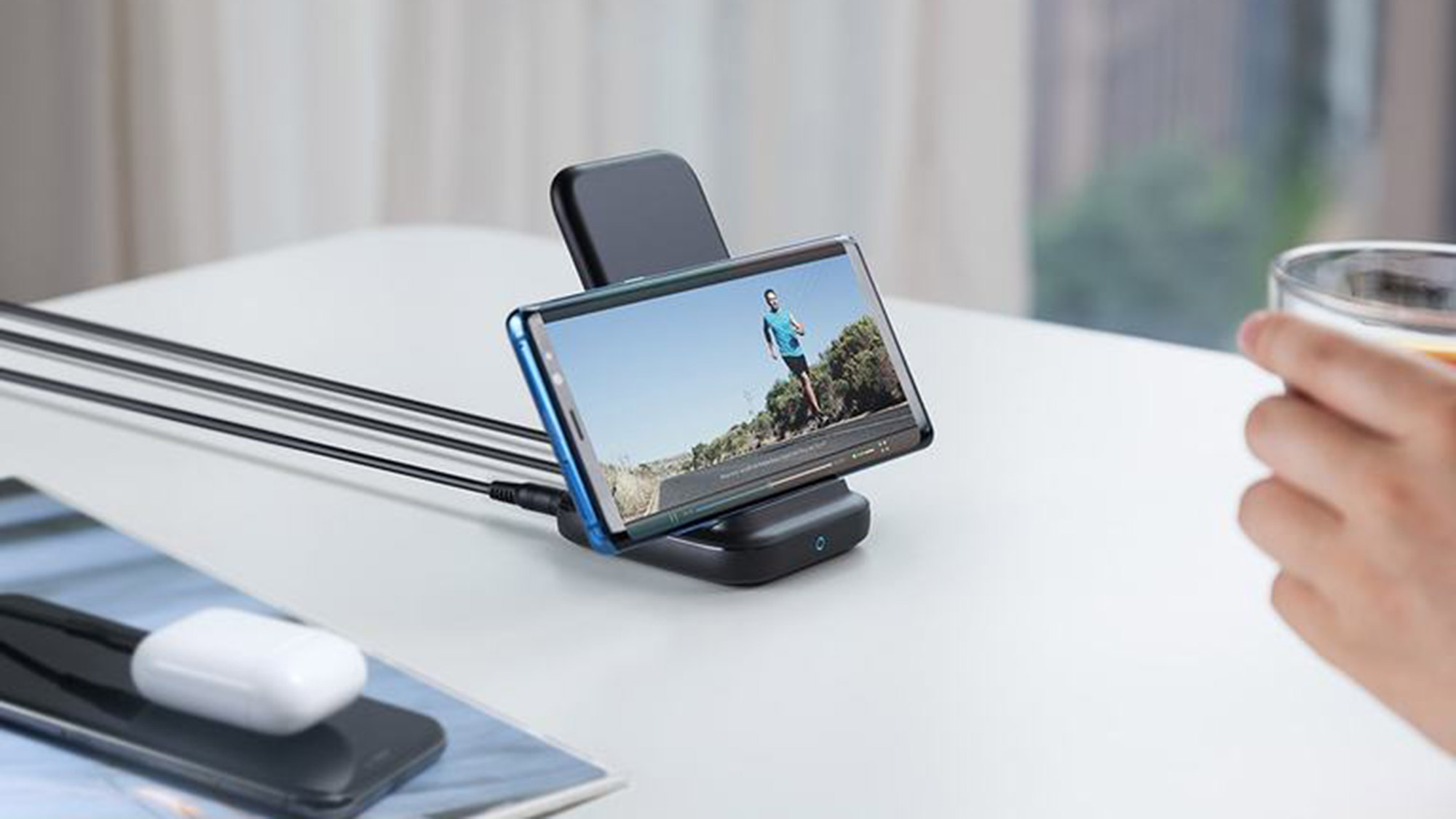
How does wireless charging work?
Wireless charging requires two specially designed coils of wire — one in the charger, and one in the device you want to charge. When you power up the charger, it sends a current through its coil, which, when placed in close proximity to a device, will induce an electric current its own internal coil. This powers up your phone.
How fast is wireless charging?
Qi-certified charging pads (see more on these below) have between a 5W and 15W output depending on the phone and pad combination you’re using. This is likely slower than wired charging blocks, which tend to vary between 20W to 30W on average, although some wireless chargers can produce higher wattages in certain circumstances. For example, Huawei’s SuperCharge adapter can charge up to 25W, but only when used with certain Huawei phones.
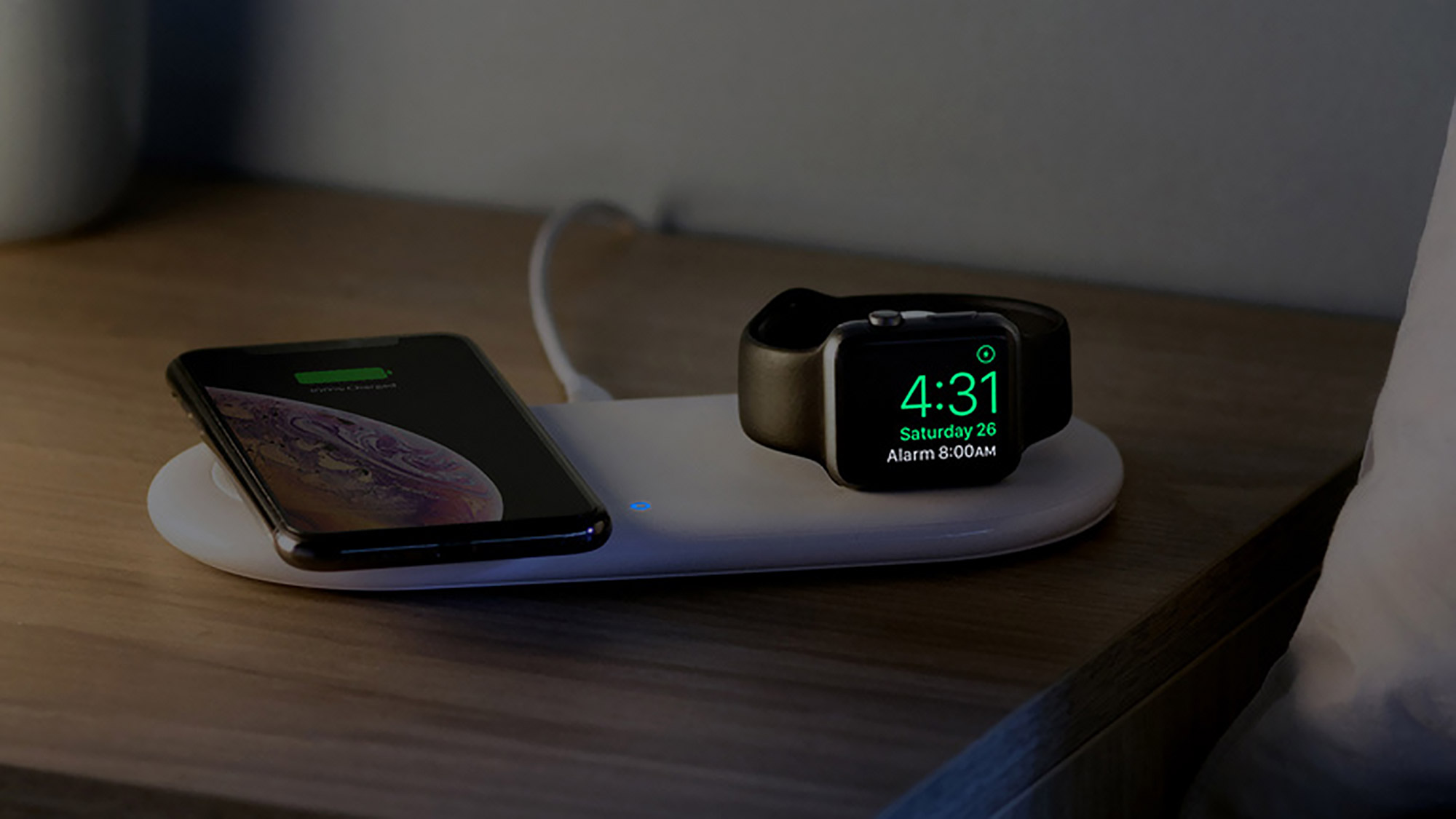
Why should I use wireless charging?
Obviously convenience, for one. With a wireless charger, you no longer need to plug a cable into your phone to power it up. Many wireless chargers will need to be plugged in to operate, but it still means you don’t have to mess around finding the end of your charging cable to plug into your phone — you can simply place it on top of the pad until you're ready to to pick it up and use it again.
Compatible charging pads and mats are available in public spaces around the world too, which means you don’t have to worry so much about carrying your power adapter, particularly if you’re travelling abroad and don’t have a compatible connector.
Which smartphones use wireless charging?
There are hundreds of phones which can be wirelessly charged, and thousands of products that you can buy to charge them. The Wireless Power Consortium keeps a full list of both wireless chargers and chargeable devices, but below are some examples from some of the most popular smartphone brands around:
Apple: iPhone 8, iPhone XR, iPhone 11, iPhone 11 Pro and Pro Max
Samsung: Galaxy S10, Galaxy Note 10
Google: Pixel 3, Pixel 4
LG: G8S ThinQ, V50 ThinQ,
Huawei: P30 Pro, Mate 30 Pro
If you've got an iPhone, see our list of the best iPhone wireless chargers designed to Apple's specifications for the most efficient power delivery. Additionally, if you own a phone that isn’t compatible with wireless chargers by default, you can buy an adapter that will allow it to charge should you wish to, like this Nillkin wireless charging receiver.
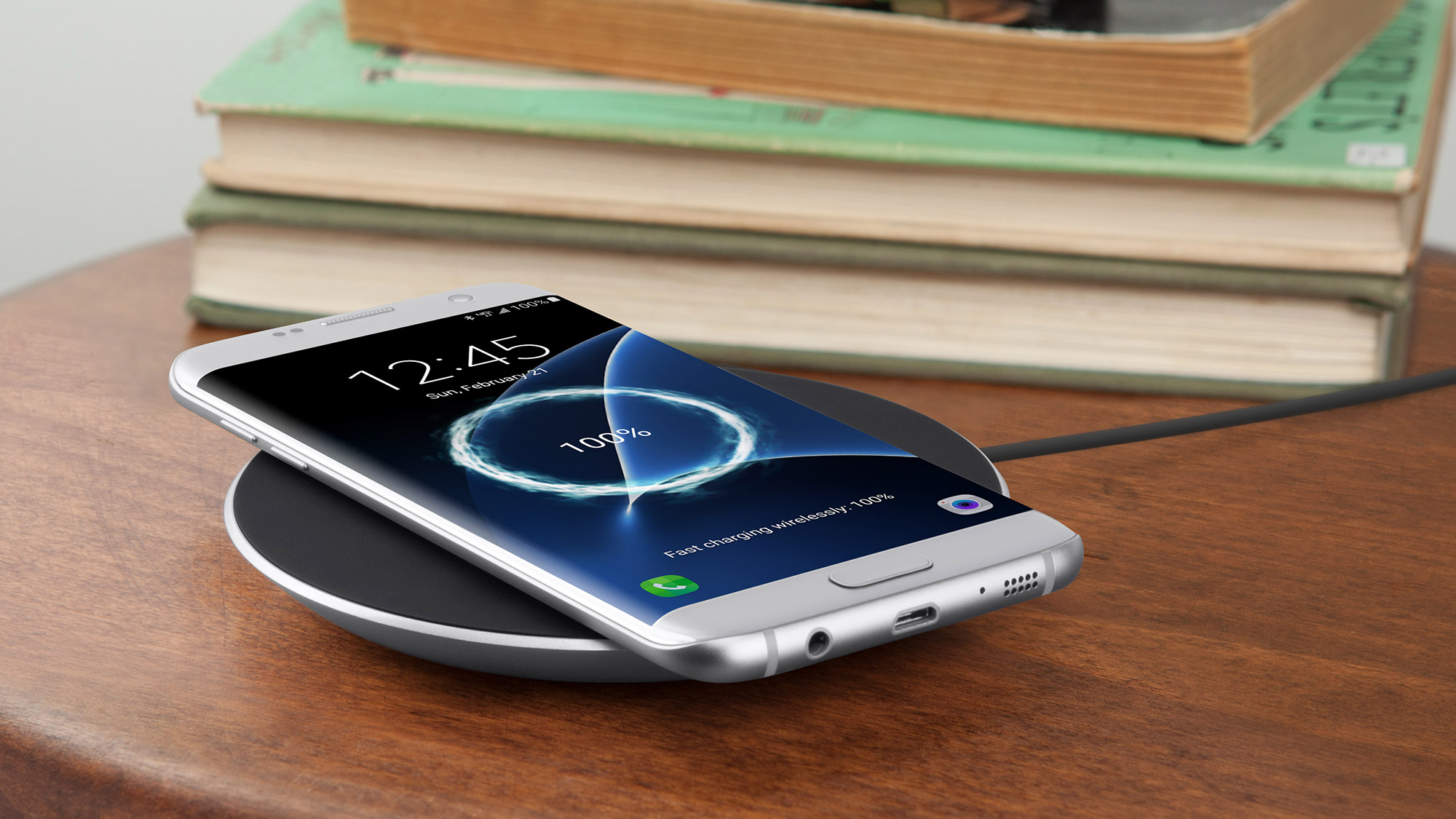
Do I need to use wireless charging?
Not at all. All the compatible phones can still be charged with their included cables if you don’t own a wireless charger or don’t have access to one at that moment. And if you do use a cable and the proper adapter your phone came with, chances are it'll charge much quicker than it would wirelessly.
What kinds of wireless chargers can you buy?
The most basic type of wireless charger is usually a circular pad which can charge a single device wirelessly. But there are many other form factors, too.
You can get stand chargers that let you prop your phone up while it charges, chargers with multiple charging points for another phone or other accessories such as a smartwatch or wireless earbuds, and chargers built into power banks so you can fill up while on the move. You can even buy mouse pads with wireless charging so you can top your phone up while you do a spot of PC gaming.
If you’re looking for specific recommendations, we’ve got a list of the best wireless chargers here for you to peruse.
Can I use wireless charging with a phone case?
It depends on the case. Thinner cases are more likely to work while thicker ones may reduce the charging speed or even make wireless charging unusable. You could also buy a case that’s specifically designed to wirelessly charge an internal battery to give your phone extra usage time, such as Mophie’s Juice Pack Access.
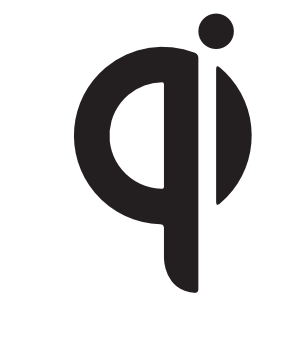
What is Qi certification?
The Qi standard is a set of rules for wireless chargers maintained by the Wireless Power Consortium, a.k.a. the WPC. This is an industry body that makes sure everyone’s using compatible technology and tests it to make sure it works and is worthy of using the Qi badge. The vast majority of chargers on the market are Qi certified, but it’s always worth checking if you’re buying a product from a brand you’ve not heard of before.
Chargers that haven’t been tested run the risk of not working properly, or even causing damage to your device due to the potential heat caused during the charging process. The WPC’s list of transmitters and receivers (a.k.a. chargers and chargeable devices) will tell you for certain if a product is Qi-certified or not.
Sign up to get the BEST of Tom's Guide direct to your inbox.
Get instant access to breaking news, the hottest reviews, great deals and helpful tips.

Richard is based in London, covering news, reviews and how-tos for phones, tablets, gaming, and whatever else people need advice on. Following on from his MA in Magazine Journalism at the University of Sheffield, he's also written for WIRED U.K., The Register and Creative Bloq. When not at work, he's likely thinking about how to brew the perfect cup of specialty coffee.
